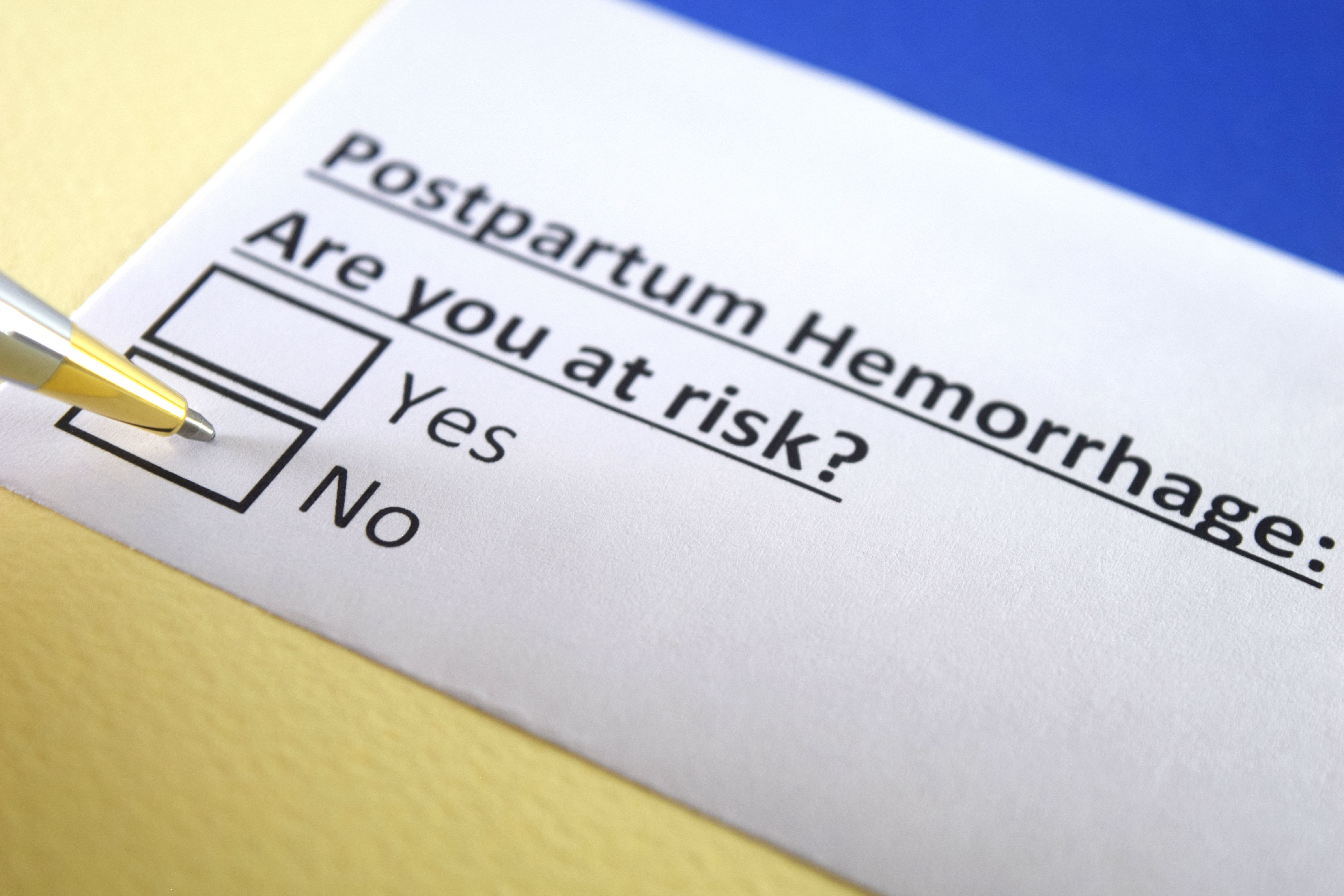Model developed for predicting postpartum hemorrhage
In a recent study, the most effective model for predicting postpartum hemorrhage in patients with pernicious placenta previa used a logical least absolute shrinkage and selection operator adopting risk factors of ultrasound and magnetic resonance imaging.
Model developed for predicting postpartum hemorrhage | Image Credit: © Richelle - © Richelle - stock.adobe.com.

According to a recent study published in Frontiers in Physiology, alogical least absolute shrinkage and selection operator (LASSO) regression nomogram based on clinical risks factors and ultrasound and magnetic resonance imaging (MRI) signs is associated with prediction of postpartum hemorrhage (PPH) in patients with pernicious placenta previa (PPP).
PPP can be used to describe placenta previa in patients following cesarean section with a placenta attachment at the same location as the uterine scar. Placenta accreta spectrum (PAS), defined as uncontrollable hemorrhage during labor and postpartum, is seen in about 50% of individuals with PPP.
As rates of PP and PAS increase, it is important to diagnose PP through early prenatal diagnosis to lower maternal and fetal mortality. Prenatal diagnosis is often accomplishedusing ultrasound and MRI, but debate remains on their accuracy.
Objective indicators are not satisfactory for assessing the degree of PPP, and inadequate preoperative preparation may lead to intraoperative hemorrhage and severe maternal death. This indicates the need for accurate prenatal diagnosis.
To create a hemorrhage prediction model based on clinical risk factors of PPP and ultrasound and MRI examinations, investigators conducted a retrospective study. MRI was performed using the Philips Ingenia 3.0 T superconducting magnetic resonance imager (Ingenia, Philips Healthcare, Best, Netherlands). Patients were examined with a full bladder for clearer presentation of the bladder floor and walls.
PPP diagnosis was determined by previous cesarean section, placenta previa pregnancy, placenta on the site of original uterine scar, placental thickening, and difficulty manually removing the placenta following delivery. Data collected included patient age, parity, neonatal weight, and gestational age. This data was gathered from the Hospital Information System.
The LASSO analysis was used when constructing models because it is, “more conducive for screening important variables from several variables.” Receiver operating characteristic curves were used to assess the discriminatory ability of the model, along with area under the curve values. A nomogram was constructed using the model with the strongest prediction ability and best clinical effect.
There were 158 patients who received MRI and ultrasound risk scores for suspected PPP from January 2018 to June 2022 included in the analysis, 75 of which had PPH. Models established by ultrasound and MRI sub-item scores had improved prediction capabilities compared to those evaluating total ultrasound and MRI risk scores.
Data indicated improved predicting results from logistic regression score models of MRI and ultrasound. The strongest model was the one designed with LASSO analysis, adopting MRI and ultrasound risk. This model was used when developing the nomogram.
The nomogram was indicated as effective in predicting the odds of PPH. Investigators concluded this model may be used for personalized prediction of PPH in patients with PPP before delivery.
Reference
Song Z, Wang P, Zou L, et al. Enhancing postpartum hemorrhage prediction in pernicious placenta previa: a comparative study of magnetic resonance imaging and ultrasound nomogram. Front Physiol. 2023;14:1177795. doi:10.3389/fphys.2023.1177795
S4E1: New RNA platform can predict pregnancy complications
February 11th 2022In this episode of Pap Talk, Contemporary OB/GYN® sat down with Maneesh Jain, CEO of Mirvie, and Michal Elovitz, MD, chief medical advisor at Mirvie, a new RNA platform that is able to predict pregnancy complications by revealing the biology of each pregnancy. They discussed recently published data regarding the platform's ability to predict preeclampsia and preterm birth.
Listen
